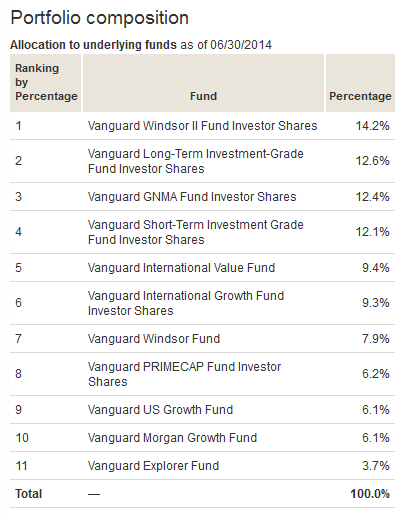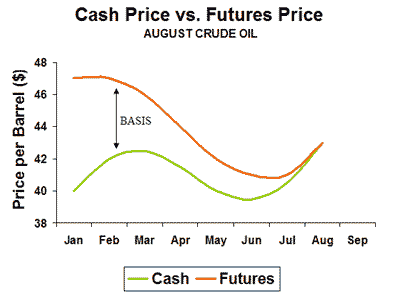Get Into LowCost Futures Trading With Synthetics
Post on: 12 Май, 2015 No Comment

There is a constant push for portfolio diversification into alternative investments, such as futures and commodities, but oftentimes it is difficult to make the leap. That’s where the concept of synthetic futures comes in. For those looking to avoid a huge initial investment and manageable risk, synthetic futures provide an opportunity to help you ease into portfolio diversification without betting the farm.
An Influential Study
In 2004, a brief but powerful white paper was put out by the YaleInternationalCenter for Finance. The paper was entitled The Facts and Fantasies about Commodity Futures. In the paper, the authors set out to answer two questions
- Are commodity futures riskier than stocks?
- Can commodity futures provide diversification to other asset classes?
The answer to the first question was a resounding no. The study revealed that more than 45 commodity futures were not only comparable to the S&P 500. but they also consistently outperformed corporate bonds. In fact, both the S&P 500 and commodity futures shared an average return of 11.02%. When the standard deviation was taken into account, the S&P 500 returns came out slightly higher, at 14.9%, and commodity futures moved up to 12.12%.
The answer to the second question was a resounding yes. In order to best determine whether commodity futures and the S&P 500 were correlative or not, the white paper examined three different time intervals: every quarter, every year and every five years. Their research revealed that the best benefit of commodity futures was the fact that they negatively correlate with different asset classes, and as time goes on, the negative correlation steadily increases. This was a significant discovery. (For more, see Futures Fundamentals .)
In the months in which equity markets performed worst, commodity futures actually gained in value. The Yale study found that during some of their worst months (the lowest 1% of months in terms of performance of equity markets), stocks fell an average of 13.87% while commodities returned an average 2.32%. When the stocks fell an average of 9.18% (during the lowest 5% of months in terms of performance of equity markets), commodities were returning 1.43%.
Time To Consider Synthetic Futures
Even though there is a clear argument for investors to diversify into alternative investments, the fear — whether irrational or rational — of venturing out into futures is difficult for the majority of investors to overcome. In fact, the futures industry itself doesn’t encourage investors to make the leap. The risk disclosure states that you may lose your entire investment and more when you invest in futures. This is far from encouraging.
The alternative is to invest in options on futures, but they have their own problems. While options have the ability to limit your risk to the amount you invest, they are difficult to pick. You have to decide if you are going to purchase an option out of the money , at the money or in the money . While deciding that, you also have to determine which one closely follows the underlying futures. In addition, the closer you want your option to be to the current futures price at the money or in the money, the more you will have to pay. The additional costs can be attributed solely to the amount of volatility affecting the contract at the time. (For more insight, read Becoming Fluent In Options On Futures .)
When futures seem scary because you can lose more than you expected, and the options that are the most likely to succeed are prohibitively expensive, investors can turn to the alternative: synthetic futures. They combine the best of both worlds — they allow you to follow the underlying futures as closely as possible to turn a profit, they help reduce the amount you have to spend on an in-the-money option, and they have the ability to minimize your risk when used properly.

Types of Synthetic Futures
There are two types of synthetic futures, a synthetic long and a synthetic short .
A synthetic long entails two transactions: purchasing an at-the-money call option. and selling an at-the-money put. For example, if the gold market was at $960 and you felt that it was going to $1,000, to trade the futures outright you would have to put $4,725 in margin (common margin requirement). The options on this same contract are a lot less. For example, an at-the-money $960 call is priced at $2,710, and an at-the-money put is priced at $2,500.
By purchasing the call outright, you immediately benefit from a $2,015 savings over having to put in $4,725 for the futures margin. A synthetic long is created by taking the process one step further — selling the at-the-money put for $2,500. This brings your total cost for the call down from $2,710 to $210 (the amount paid, minus the collected premium. $2,710 — $2,500 = $210 spent). So, while putting on the outright futures would have cost you $4,725 up front, the same position as a synthetic long would cost you only $210. That’s a savings of $4,515.
A synthetic short is just the opposite — you purchase an at-the-money put and sell an at-the-money call. Let’s take the same gold example. The market is at $960 and you decide to purchase an at-the-money $960 put for $2,500. By purchasing the put outright you have a savings of $2,225 over the futures. By taking the process one step further and selling an at-the-money call for $2,710, you turn your position into a synthetic short. This actually makes the put you bought cost nothing, and adds an additional $210 to your account (the amount paid, minus the collected premium: $2,500 — $2,710 = $210 profit).
Pros and Cons
So, if you decide to take advantage of a synthetic long position it would cost you only $210, and if you decide to take advantage of a synthetic put position it would cost nothing. This is a big difference from the required $4,725 you would have to have as margin if you decided to trade a futures contract by itself.
With synthetic futures as with everything else, there is still plenty of opportunity for loss. While it may cost less to place the position, you are still exposed to the same unlimited loss that’s typical of an outright futures position. The question you have to ask yourself is whether it’s more feasible to risk a few hundred dollars on the position or put up several thousand. Depending on your answer, the tools you would use to protect yourself from losing it all in a futures position are the same tools you would use in a synthetic futures position: stop-loss orders. limit orders and protective options. There are subtle and few differences in their execution. (To learn more, red Money Management Matters In Futures Trading .)
Conclusion
While there is constant pressure to diversify your portfolio with commodity futures from magazines, white papers and newspapers, it only makes sense to do so if you can afford the risk capital and feel comfortable with the amount you are risking. For those unable or unwilling to trade commodity futures outright, synthetic futures can provide just that type of opportunity.














